2015 Ford Mustang Weight-to-Power Ratios Explored

The 2015 Ford Mustang promises to be a better car in just about every measurable way compared to the outgoing model. It’s got extra power, a much more advanced chassis and loads of advanced technology. But how will it perform? Let’s explore this car’s weight-to-power ratio.
WEIGHT, WEIGHT… DO TELL ME!
Much to the relief of enthusiasts everywhere the car is NOT dramatically heavier; you could almost hear the internet release a collective sigh of relief when the numbers were posted. Sure it’s put on a few pounds but you might have gained more this year than the Mustang has.
The fastback model with an EcoBoost engine and automatic transmission should be the lightest. They’re expected to check out at 3,524 pounds, which is just six pounds more than a similar six-cylinder 2014 Mustang, its closest competitor since obviously a turbo-four is not currently offered.
The greatest mass delta is found when comparing GT fastback models equipped with manual transmissions. The 2015 car is expected to gain 87 pounds compared to today’s version. Accordingly it should weigh 3,705 pounds. If you prefer an automatic transmission this variant should check out at 3,729 pounds, a 54-pound increase.
SEE ALSO: 2015 Ford Mustang Ride Along
The base V6-powered Mustang coupe should gain anywhere between 12 and 30 pounds depending on transmission. Cars with the manual gain more but weigh slightly less. Total mass should measure 3,526 pounds with the manual and 3,530 with the self-shifting gearbox.
Pony Power
But the engine you really want is Ford’s freshly tweaked Coyote V8. The five-point-oh-my-gosh is set to deliver 435 hp and 400 lb-ft of twist. The engine incorporates lessons learned from the Boss 302 program. It features new intake ports, larger valves, more aggressive camshafts and charge-motion control valves in the intake manifold to promote swirl for better drivability and cleaner emissions.
By comparison the 5.0-liter V8 in today’s Mustang delivers a still-impressive 420 hp with 390 lb-ft.
The 2015 car’s entry-level engine remains a 3.7-liter V6. It should put out an even 300 horses and 280 units of twist, five fewer ponies than today’s car. That drop is attributable to a redesigned intake manifold that was necessitated by the hood, which has been lowered by something like 35 millimeters.
Pounds Per Horsepower
One of the best metrics for evaluating a vehicle’s performance capability is looking at its weight-to-power ratio. This is a measure of how many pounds every pony has to lug around. The more mass each equine is saddled with the more blunted the performance should be.
A 2014 Mustang with the V6 engine and a manual transmission weighs about 3,496 pounds. Dividing that figure by 305, which is the car’s horsepower rating, results in 11.46 pounds per horsepower. Not too shabby.
A similarly equipped 2015 model weighs 3,526 pounds and brandishes 300 ponies. Doing the math that works out to about 11.75 pounds per horsepower, slightly worse. An EcoBoost fastback with a stick weighs 3,524 pounds and has 310 horses, numbers that work out to 11.37 pounds per pony, slightly better than the 2014 car can muster. That’s progress, albeit a baby-step forward.
Shifting our attention to the 2014 Mustang GT with a manual, it strains the scale at a burly 3,618 pounds. Dividing that figure by 420 results in a rating of 8.61 pounds per horsepower, which is significantly better than either the V6 or EcoBoost models.
The 2015 equivalent should clock in at 3,705 pounds, which means each one of its 435 ponies is saddled with just 8.52 pounds. That’s a better power-to-weight ratio than an Audi R8 V8 Spyder (8.82) or a Porsche Cayman S PDK (9.16), two very well-respected performance machines.
Looking way back in the rear-view mirror it’s incredible how far the Mustang has come over the last 10 years. For a little perspective a 2004 GT coupe was powered by a SOHC 4.6-liter V8 that delivered just 260 hp, 40 LESS than the new six-cylinder engine despite having almost a liter’s worth of additional displacement! With a curb weight around 3,006 pounds this decade-old car had a weight-to-power ratio of 11.56, only slightly better than the 2015 base model.
For an even more dramatic comparison, check out a 1965 Mustang’s specs. Hardtop models weighed around 2,556 pounds. If customers sidestepped the standard inline-six and opted for the available 289 V8 instead they were treated to 220 horses. Crunching these numbers results in a rating of 11.61 pounds per pony, not as far off as you might expect thanks in large part to the car’s feather-light curb weight.
GALLERY: 2015 Ford Mustang Performance
Discuss this story on our Ford forum.

Born and raised in metro Detroit, Craig was steeped in mechanics from childhood. He feels as much at home with a wrench or welding gun in his hand as he does behind the wheel or in front of a camera. Putting his Bachelor's Degree in Journalism to good use, he's always pumping out videos, reviews, and features for AutoGuide.com. When the workday is over, he can be found out driving his fully restored 1936 Ford V8 sedan. Craig has covered the automotive industry full time for more than 10 years and is a member of the Automotive Press Association (APA) and Midwest Automotive Media Association (MAMA).
More by Craig Cole



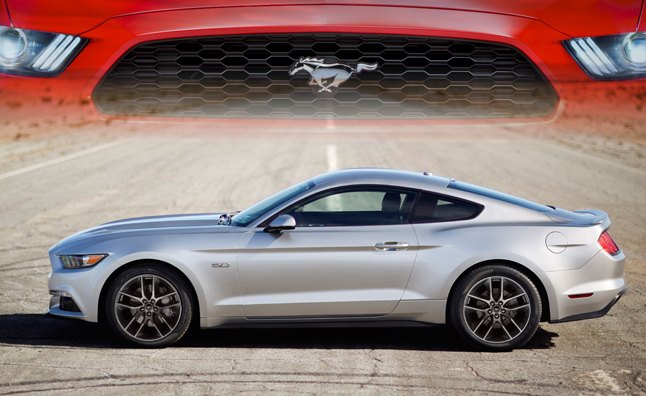





















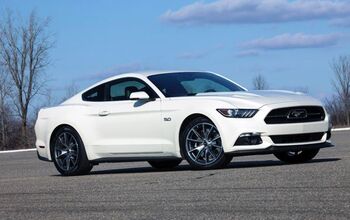
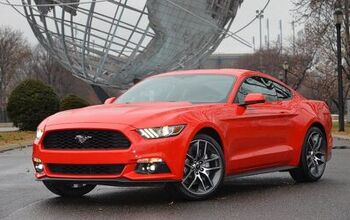

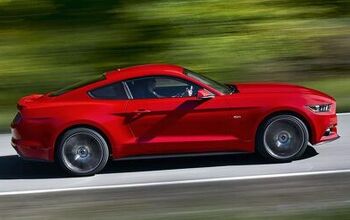






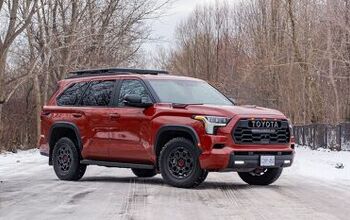


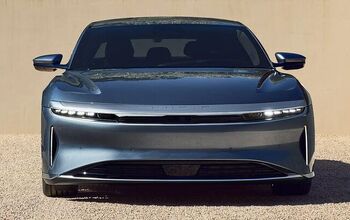
Comments
Join the conversation
You are contridicting you're own point here. Yow say the 305 and 300 hp #'s for the V-6's are crank hp then you say the drop from 305 to 300 is due to weigh and drive line losses - these will be evident in the RW hp #s but not the crank #s. Scott
the biggest point your missing is the 2015's numbers are officially posted on 93 octane whereas the 2011-2014's numbers were officially posted on 87 octane. its not really an honest comparison when you understand that ecu the way mustang enthusiasts that own a 2011-2014 do. Allow me to explain. speaking specifically to the v6 (as thats what I own and race). These engines are constantly trying to advance timing. They do so, and then when they start to detect conditions that show signs that knock is coming (lean afr) it pulls timing. So even a stock car doesnt make 305 HP with an untuned ecu if you put 93 octane in it. it makes more because it can. the other factor here nobody is talking about is that for both cars. these are numbers "at the crankshaft". these arent "on the dyno numbers". not for the 2014, or the 2015. now, if you do some simple googling you'll find stock baseline dyno runs for the gt on a dynojet dyno on mustang forums are between 350 and 368 rwhp for stock 2011-2014's on a dynojet dyno. That puts the gt between 420 and 430ish hp at the crankshaft. thats exactly in line with what the new gt is claiming. As it shoud. But the v6 is more telling. stock v6's are dyno'ing right around 245-255 rwhp. that also puts it right in line with the with the stock claimed 305 hp claimed at the crankshaft for the 2011-2014. now this is the part thats more telling. if you look at american muscle and bama performances initial testing video on youtube ( https://www.youtube.com/watch?v=adSx7MGTecE ) you can see that the v6 alone gains 5h rwhp on average just by puting 93 octane in a stock car. which is more like 7 hp at the crankshaft. So for all extents an purposes, the stock 2011-2014 v6 doesnt make 305 stock on 93 octane. it makes more like 312 at the crankshaft. so when they say the new v6 makes 300 on 93 octane, it begs to wonder why the v6 lost around 7hp in a direct comparison, same octane to same octane. the answer is most likely a combination of weight + driveline loss. But it still doesnt change the fact that when you look at the math of actual real word testing, assuming ford's 2015 published numbers are accurate that these care are either no faster than the 2011-2014, or they are slower. i just really dont like how these conversations are happening on auto blogs right now. they dont seem as researched as they should be in my opinion. So thanks if you actually took the time to read this. - Christian Williamson